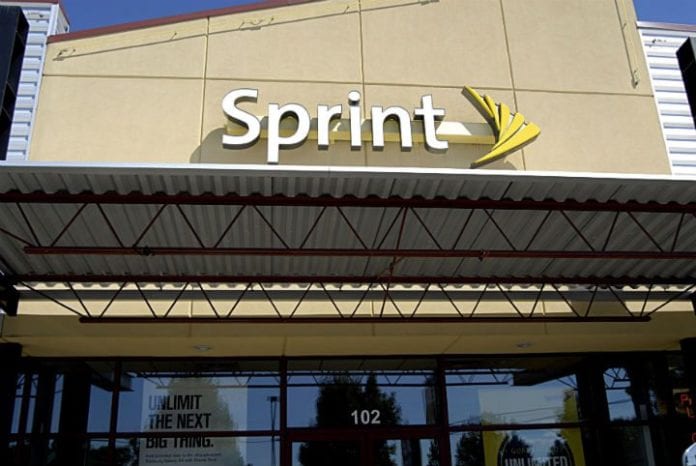Sprint deployed 19,000 2.5 GHz outdoor small cells in the last year
In parallel with its Q2 2018 financial statement, Sprint announced it has deployed LTE-Advanced network technologies nationwide and is providing gigabit-class service in more than 225 cities. Sprint Chief Technology Officer John Saw, in an interview with RCR Wireless News, highlighted the importance of enhancing the operator’s LTE network to provide a surround for mobile 5G, which is planned for launch next year.
Saw said he was “extremely excited” about the LTE-Advanced upgrades and said it is “the culmination of a lot of hard work. I think that’s the big news today, and it’s an important stepping stone to 5G.”
LTE-Advanced is marked by 4X4 MIMO, 256 QAM and multi-channel carrier aggregation. Unlike some of its competitors, Sprint is sticking to aggregation of its licensed spectrum holdings as opposed to tapping Licensed Assisted Access to aggregate licensed and unlicensed frequencies.
“Our focus has been to use all licensed spectrum simply because we have enough of it to roll out gigabit LTE. Our competitors have been using a lot of LAA to supplement what they have with licensed spectrum.” He said using all licensed spectrum provides a more “predictable and available” network experience and provides Sprint “better quality control.”
On small cells, Sprint said it has deployed more outdoor units on its 2.5 GHz in the last six months than it had in the past two years; there are 21,000 2.5 GHz small cells on air, 15,000 of which are strand-mounted units. Sprint has deals in place with cable companies Altice and Cox that give the carrier access to aerial fiber for network densification efforts.
Saw noted there’s no “silver bullet” to developing a scalable small cell deployment process but did say that recent actions from the U.S. Federal Communications Commission to remove local-level permitting and siting variables have smoothed the process.
“We’re starting to make really good progress with some of the jurisdictions in terms of getting our permits approved. We’re also getting good momentum with the cable companies. They have a very valuable asset in the aerial fiber that we’re able to leverage to hang our small cells.” With the addition of small cells, “You can see a marked improvement in our customer experience.”
Saw also discussed how, given the ongoing merger discussions with T-Mobile US, he approaches near-term network investment. “Sprint and T-Mobile are still aggressive competitors until the day the merger closes…and the same holds true for network. The thing with Sprint is we are bringing a very important asset to the merger, which is our 2.5 spectrum and the technologies behind it. All of those investments are going to be relevant to the merged company.”

